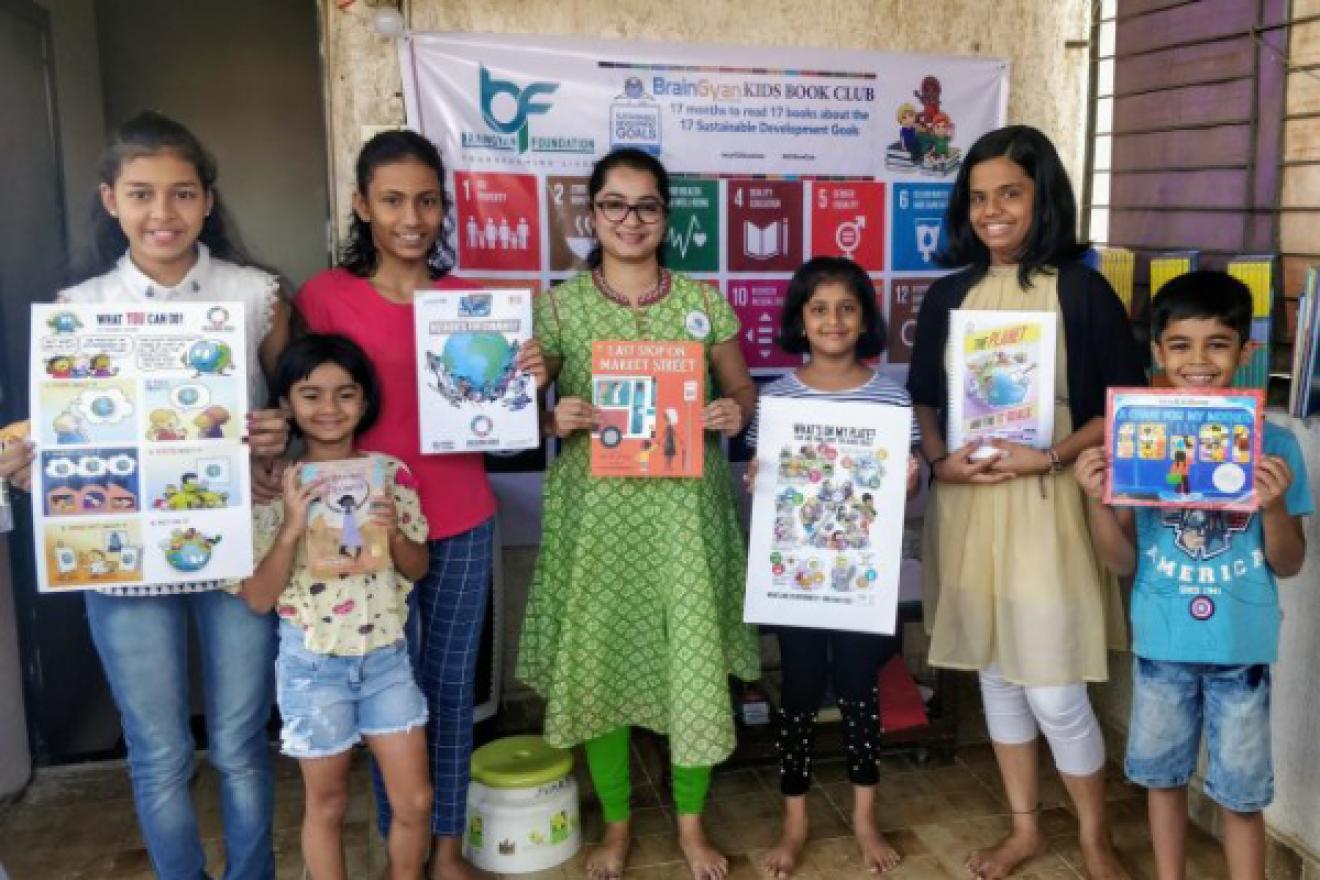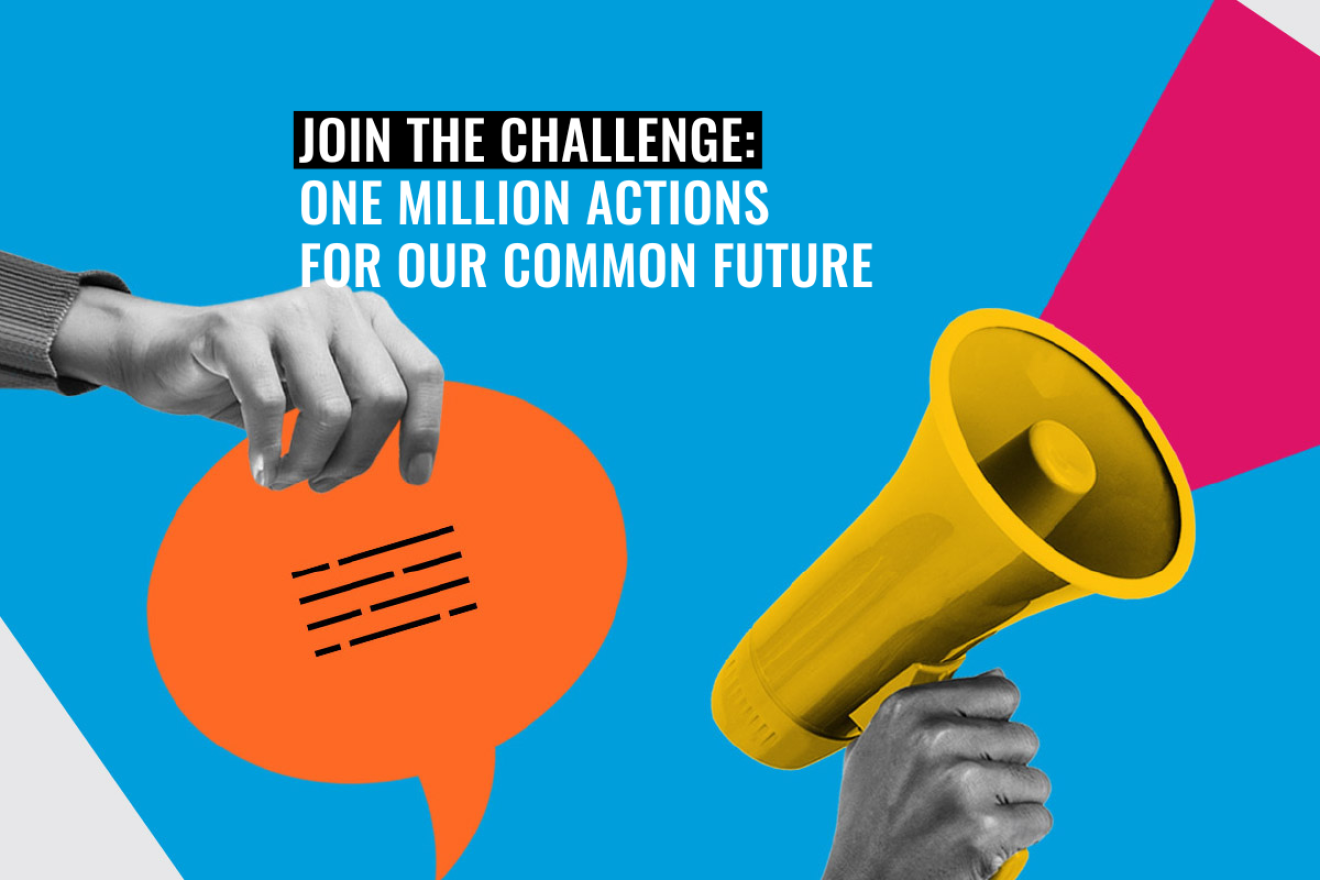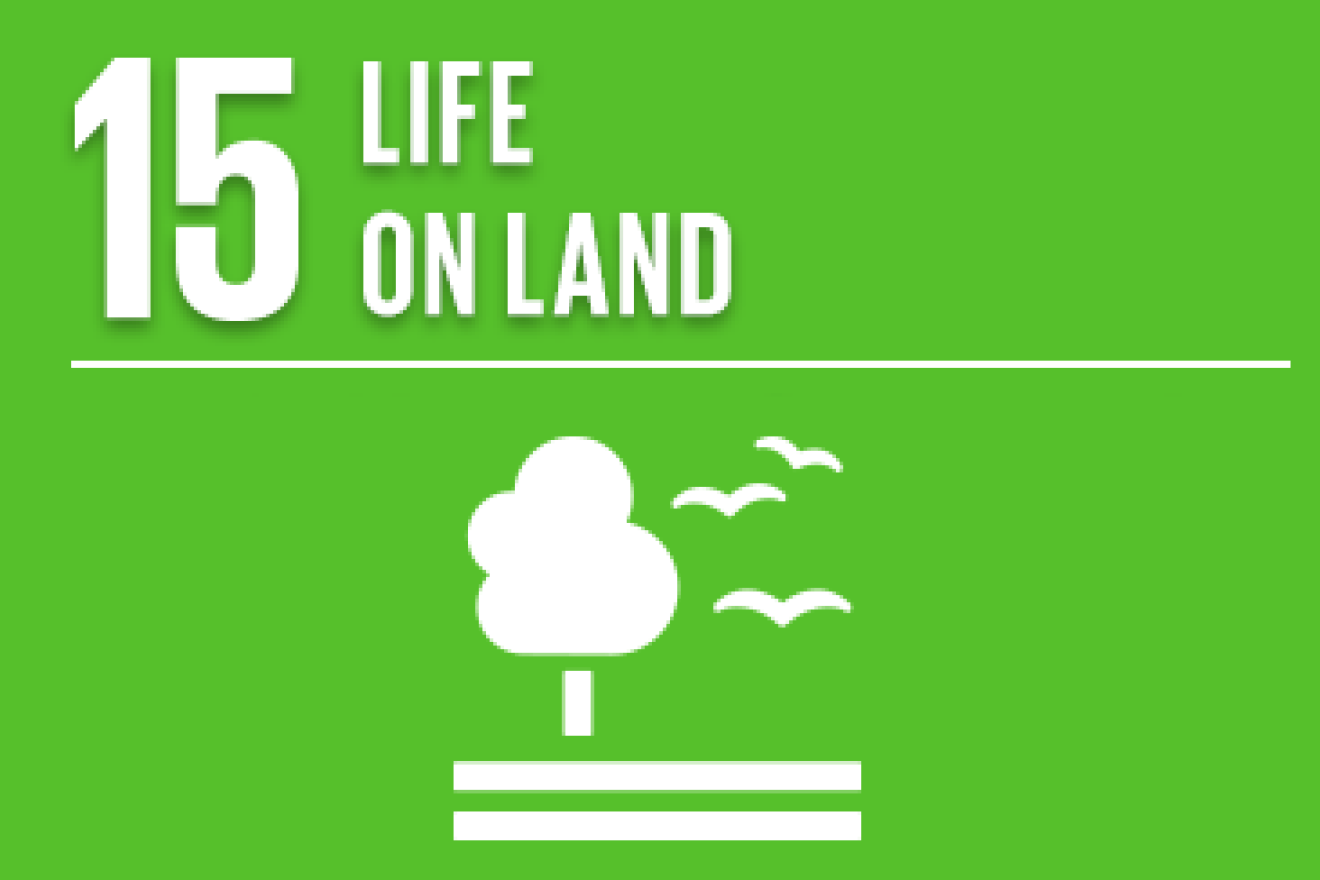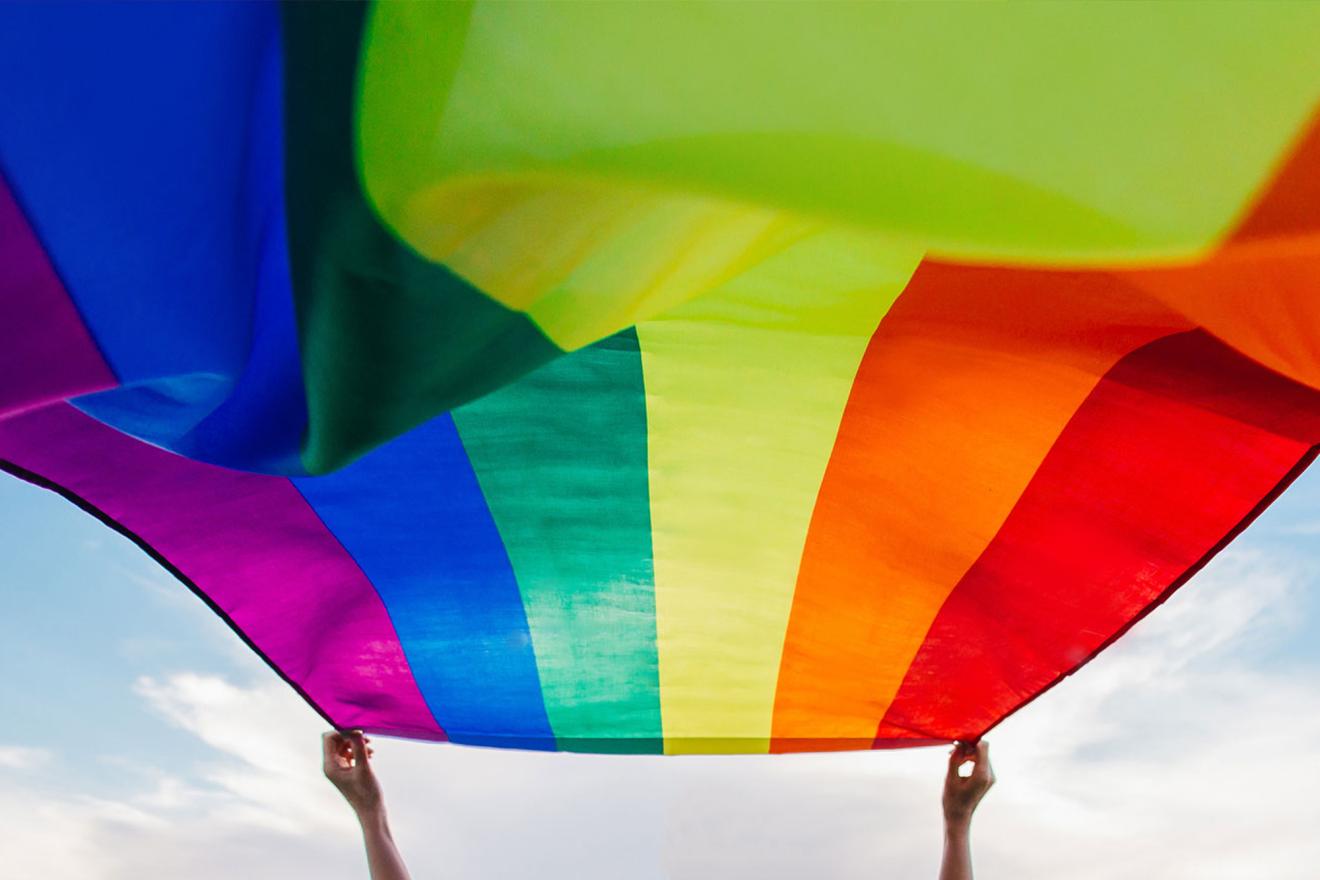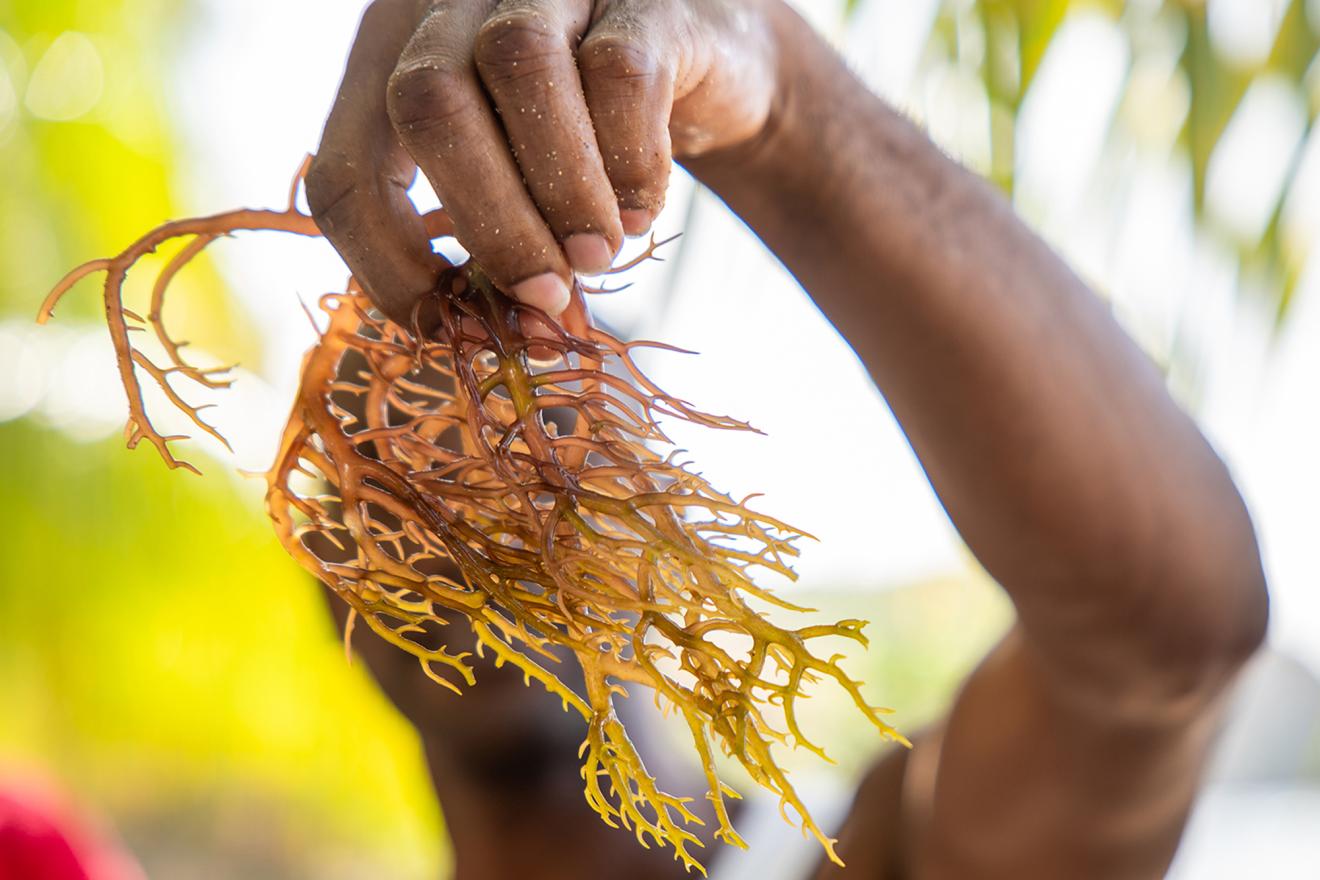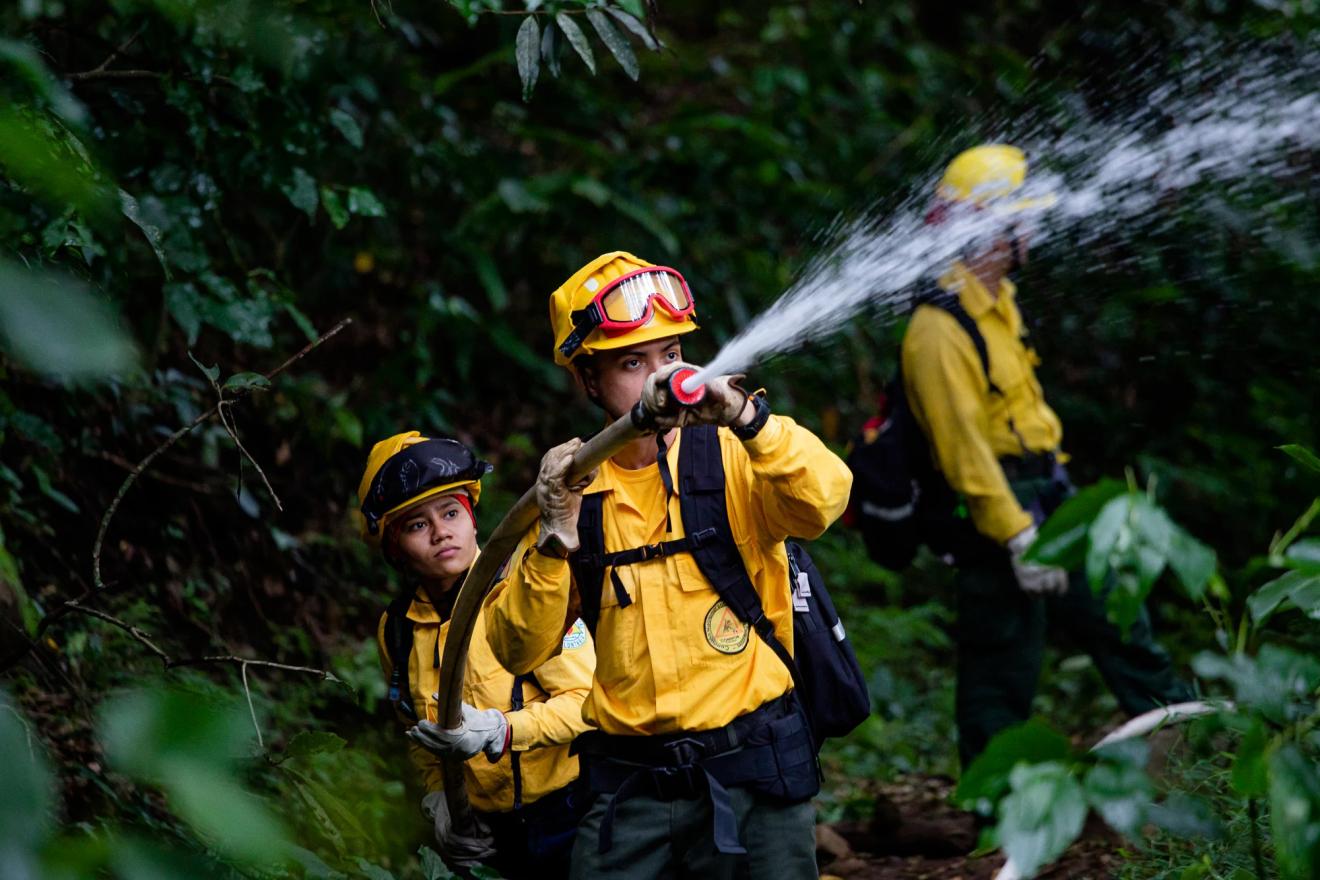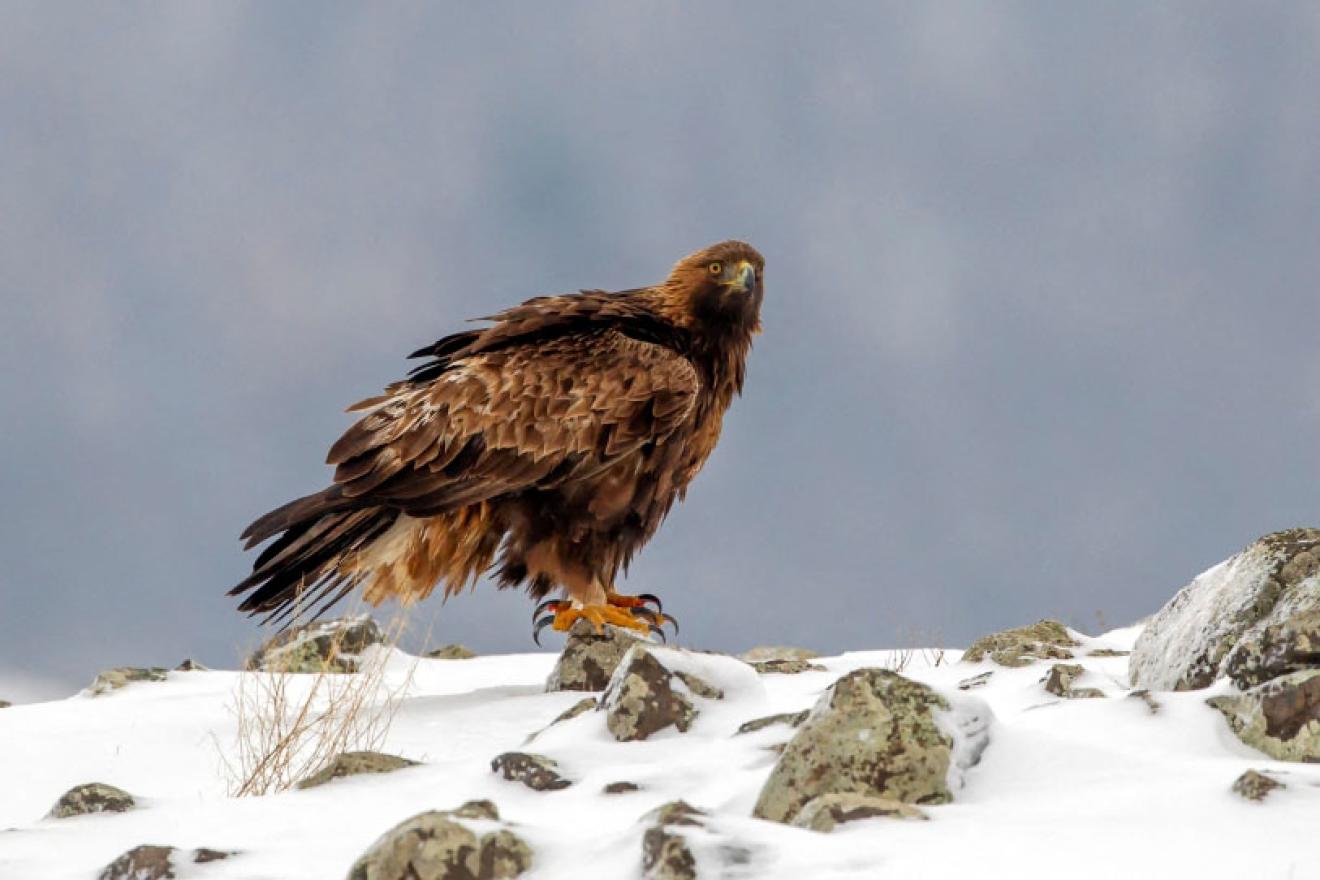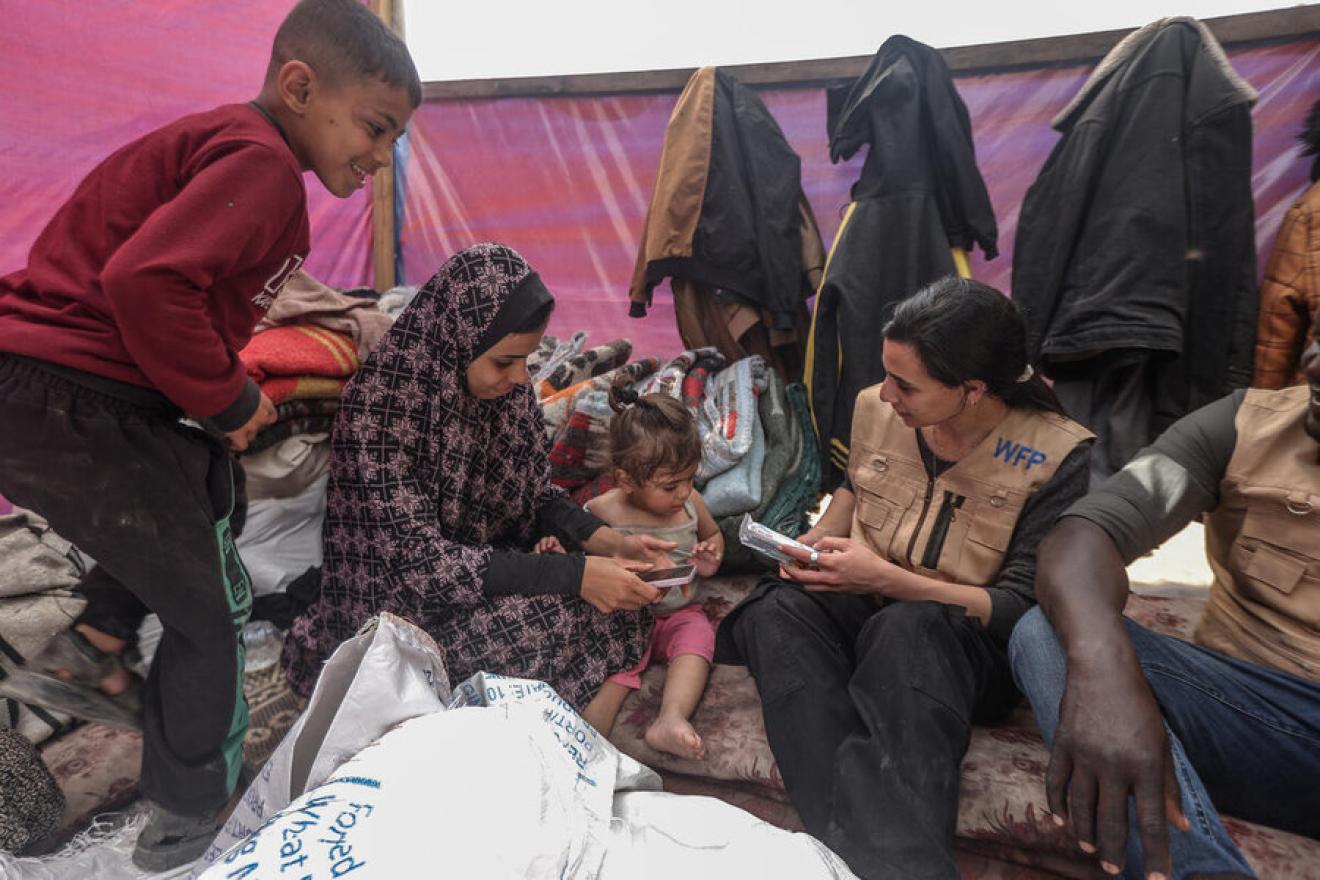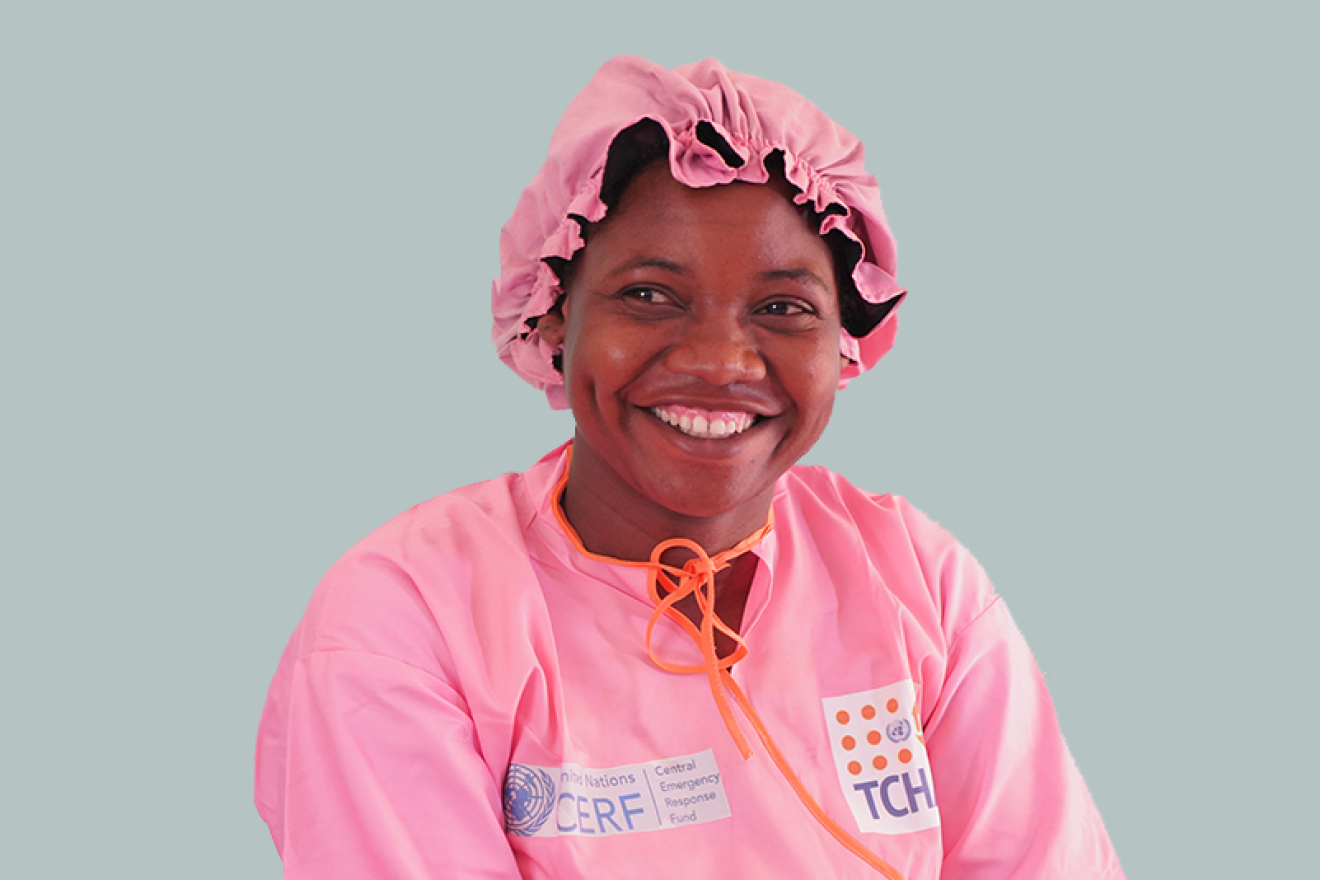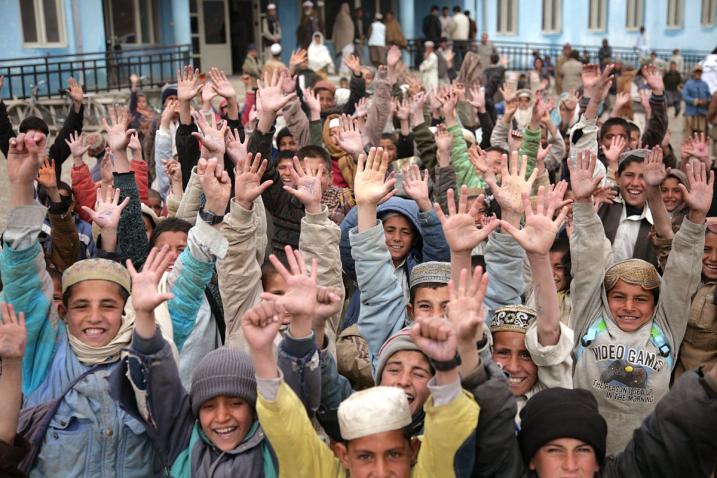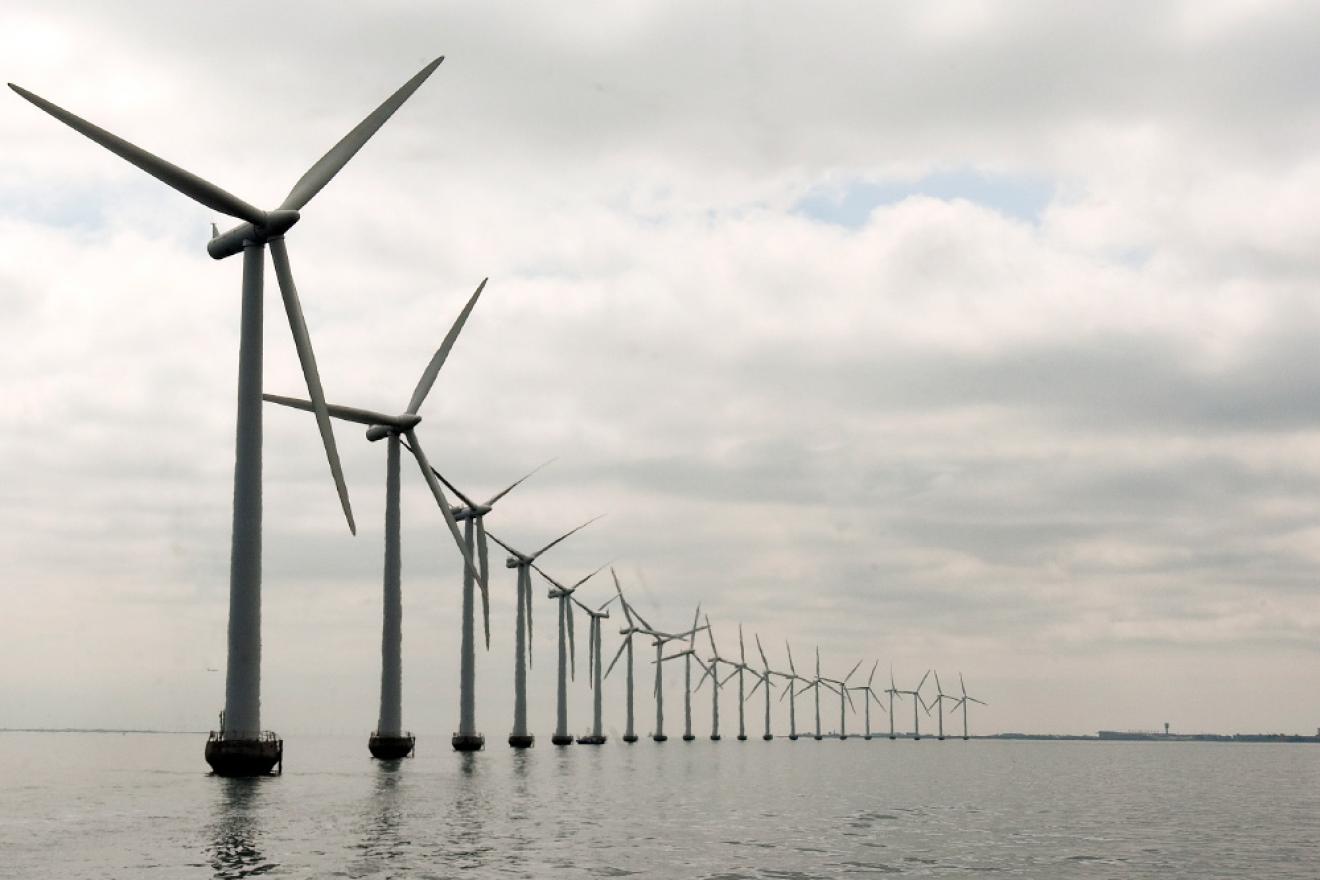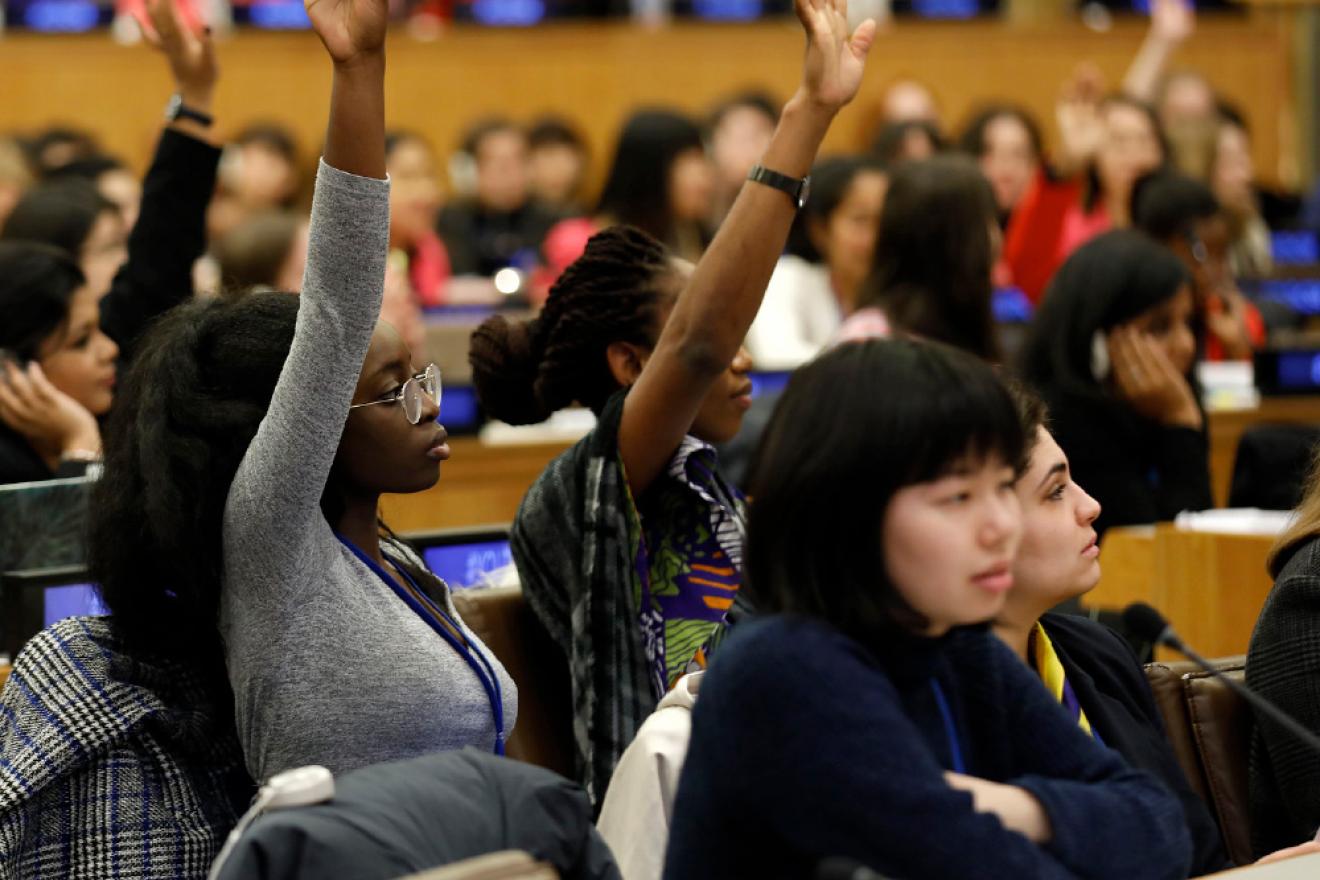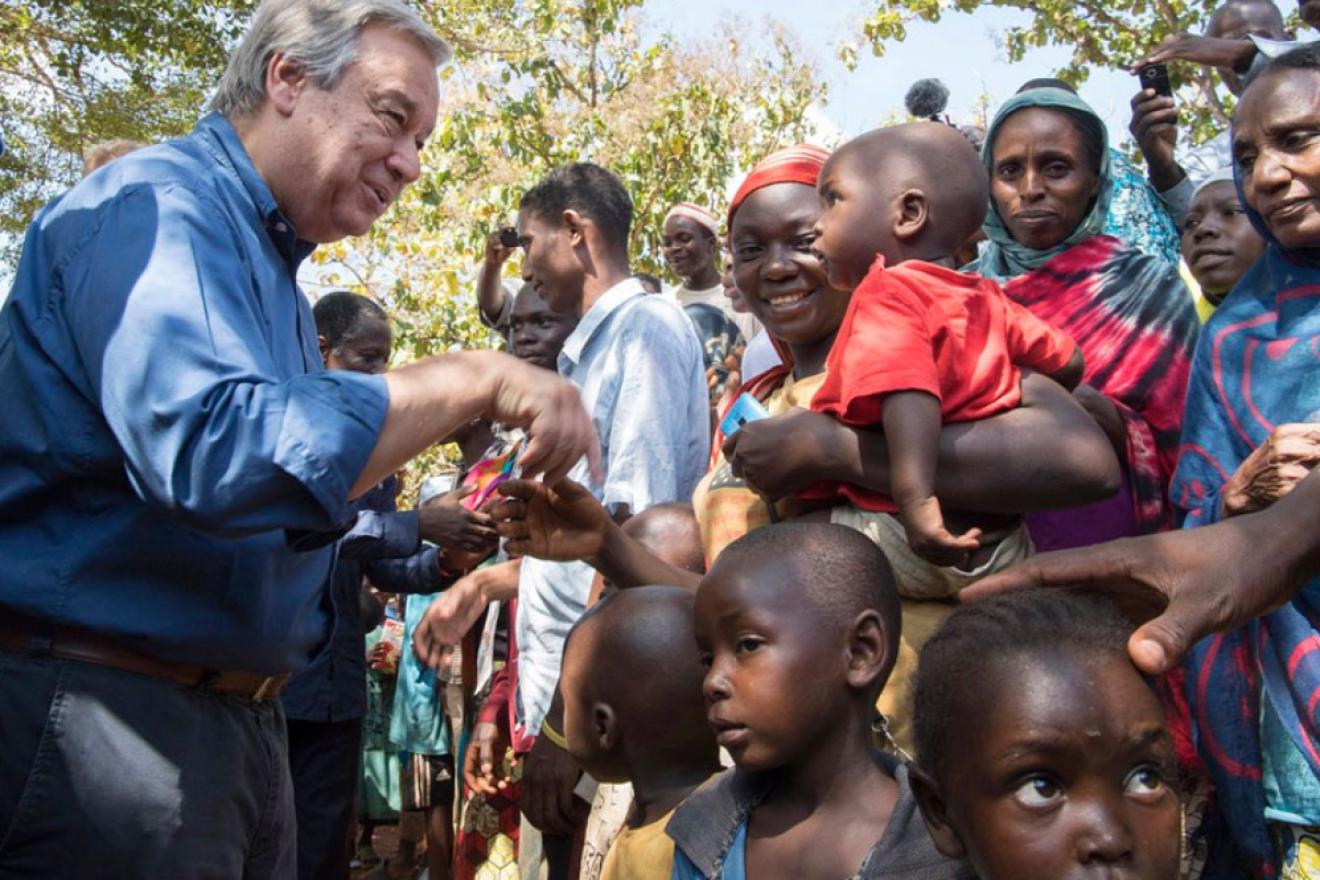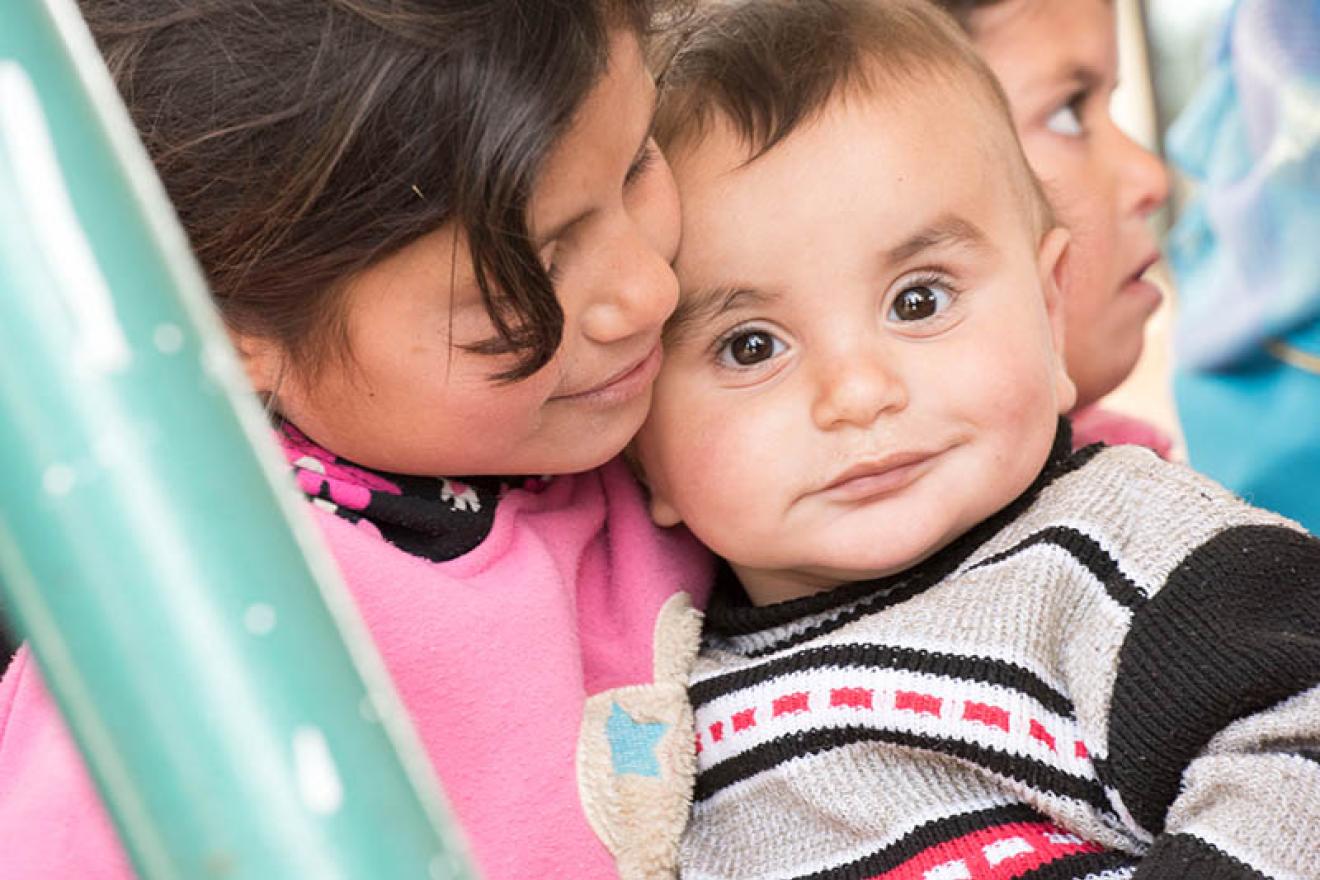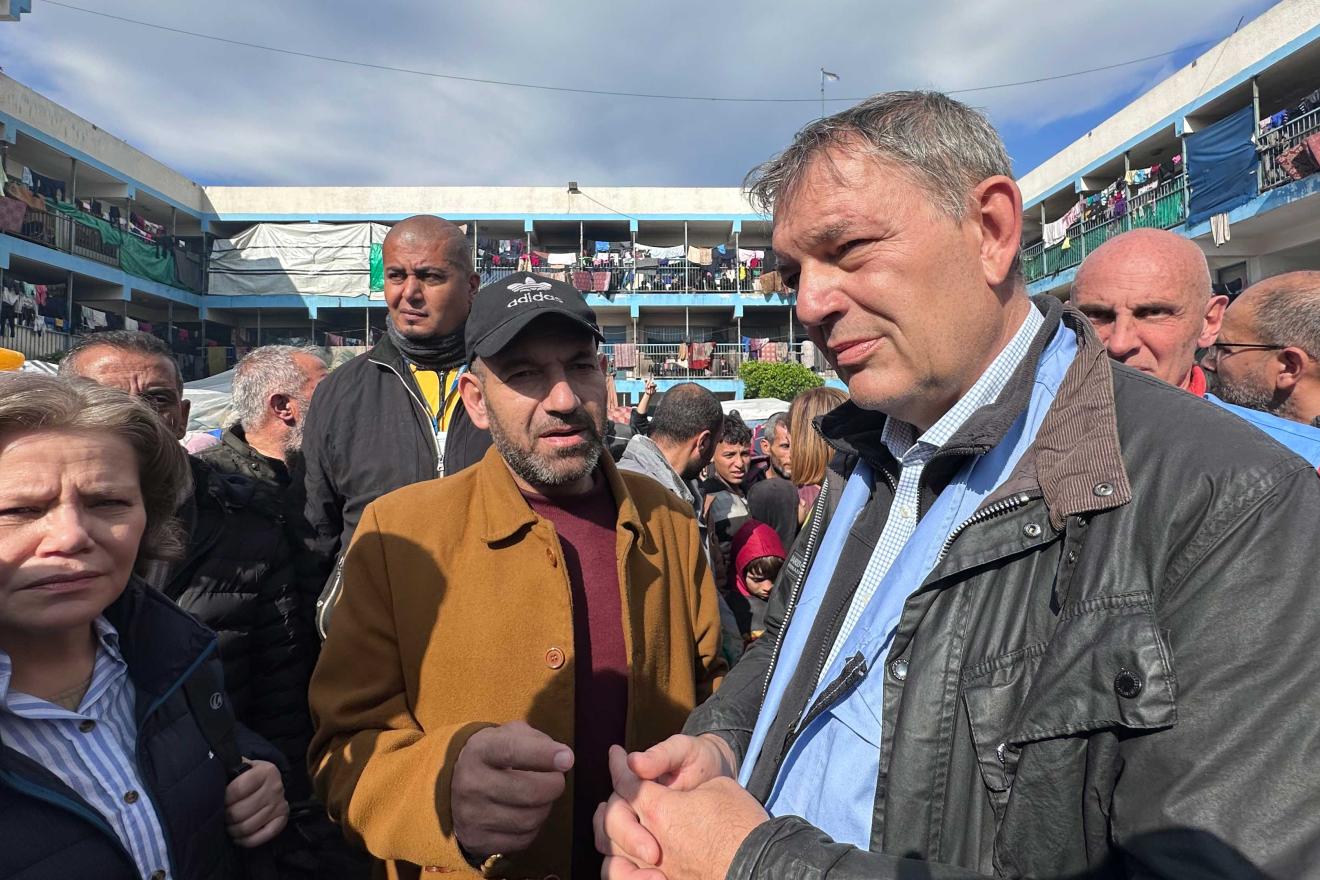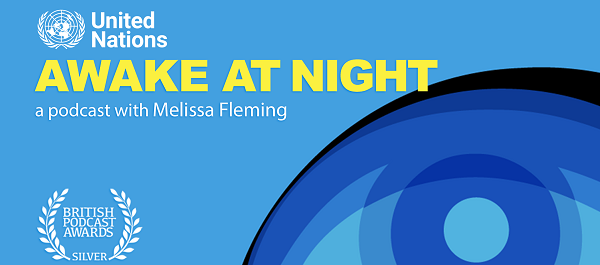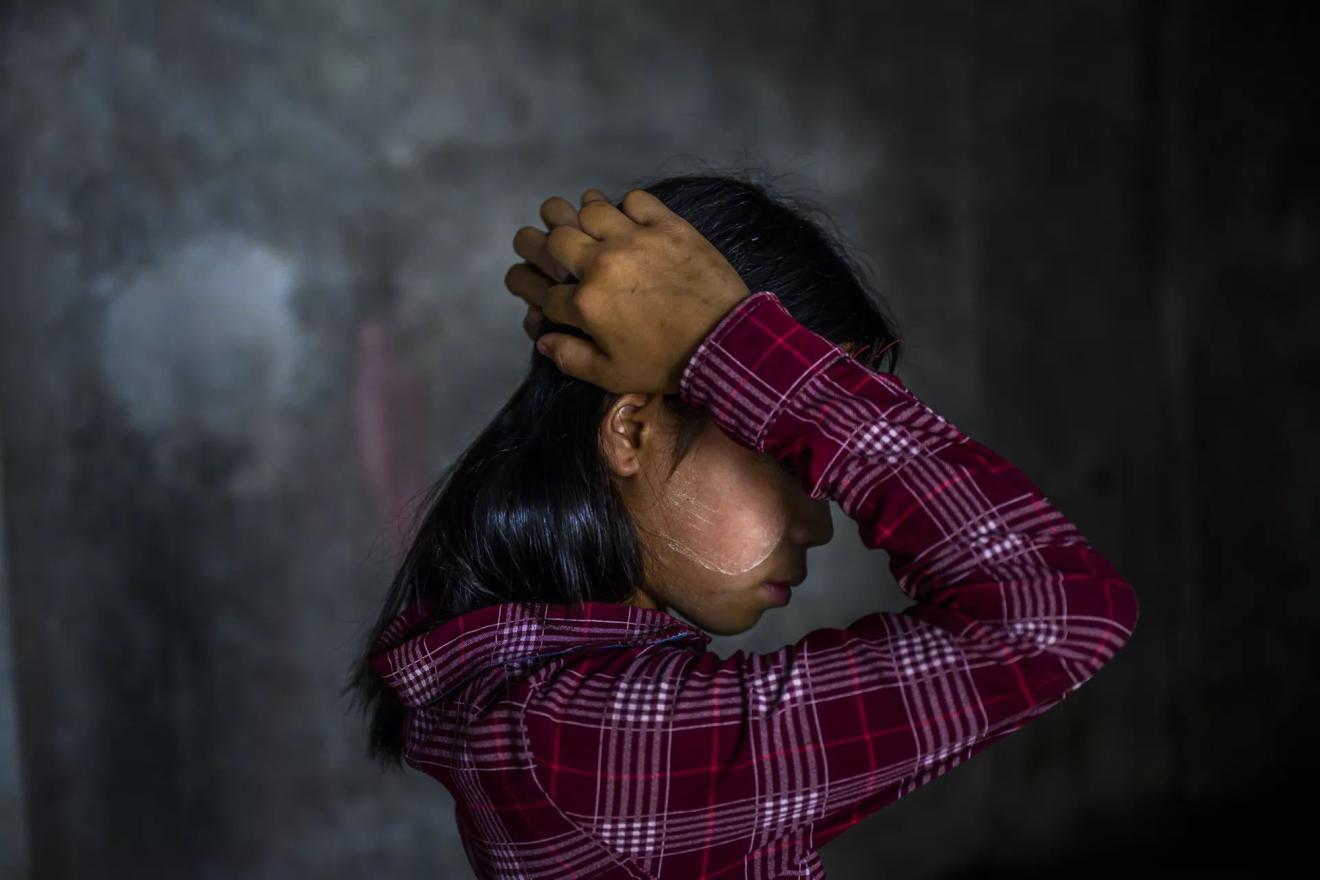Learn more about the Sustainable Development Goals! On our student resources page you will find plenty of materials for young people and adults alike. Share with your family and friends to help achieve a better world for all.
United in Diversity: Embracing Peace and Solidarity
Rooted in the UN's post-World War II mission to prevent conflict and uphold human rights, the UN General Assembly declared the International Day of Living Together in Peace (16 May) to emphasize the importance of accepting and respecting differences while striving for peace, tolerance, inclusion, and solidarity, and to promote reconciliation and sustainable development by encouraging forgiveness, compassion, and cooperation. Likewise, various UN initiatives emphasize that peace requires positive engagement and the elimination of discrimination and intolerance, not just the absence of conflict.

Guterres repeats call to Israel to halt Rafah assault as aid stocks dwindle
16 May 2024 — UN chief António Guterres reiterated his warning on Thursday against a full-scale assault on Rafah, just as aid teams issued increasingly urgent appeals for safe passage throughout...
‘Time is running out’ to address crisis in Sudan
15 May 2024 — The international community must give greater attention and resources to war-ravaged Sudan, where millions are “trapped in an inferno of brutal violence”, the top UN aid official in...
Gaza: 600,000 displaced from Rafah
15 May 2024 — Amid some of the fiercest reported fighting in Gaza yet, UN humanitarians on Wednesday repeated warnings that famine is still an imminent threat because of aid restrictions and a...





